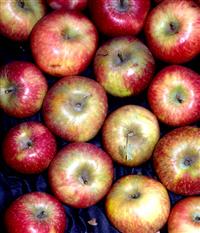
A sound foundation for working in the fruit growing industry
Topics covered include management, soils, planting, irrigation, pruning, cultural practices (including pest control), pome and stone fruits, and various vines, fruit trees and nuts.
This course is suitable for career development for:
- Orchardists
- Orchard staff
- Nursery Workers
- Farm and Horticultural Suppliers